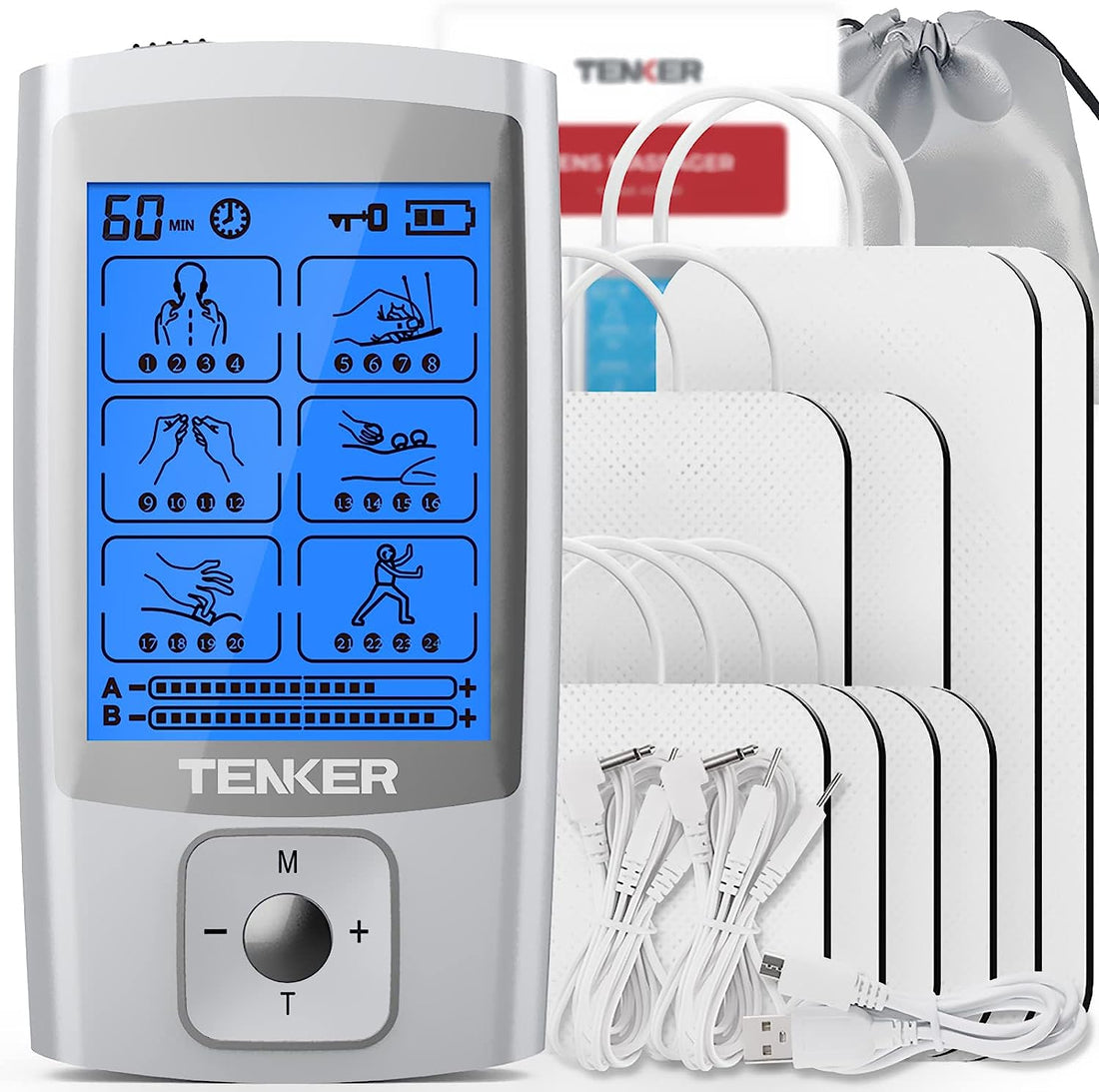The efficacy of massage stimulators in occupational therapy and physical therapy equipment

Massage stimulators mainly act on the human body through electrical stimulation and mechanical vibration in occupational therapy and physical therapy equipment, and have the following core functions:
Relieve local pain
By stimulating nerve endings with low-frequency currents, pain signal transduction is blocked and endorphin secretion is promoted, which is suitable for relieving chronic pain such as lumbar muscle strain and shoulder periarthritis.
Improve muscle stiffness and fatigue
Electric pulses can trigger rhythmic muscle contractions, simulate the effect of artificial massage, and help release muscle fiber adhesions caused by lactate accumulation, especially suitable for muscle tension caused by exercise or long-term fixed posture.
stimulate the circulation of blood
Through the synergistic effect of mechanical vibration and electrical stimulation, capillaries are dilated and lymphatic reflux is accelerated, alleviating lower limb edema and varicose veins.



Assist in soft tissue repair
Specific frequency currents can accelerate capillary regeneration, increase oxygen supply to injury sites, and assist in the repair of soft tissue injuries such as ligament sprains and muscle strains.
Regulating the function of the nervous system
Different waveforms of electrical stimulation can regulate the balance of the autonomic nervous system. High frequency stimulation stimulates the sympathetic nervous system to improve local circulation, while low-frequency stimulation promotes parasympathetic nervous system activation. It is suitable for mild neurological related symptoms such as insomnia and functional gastrointestinal disorders.
Preventing muscle atrophy
Regular electrical stimulation can maintain muscle fiber contraction function, prevent muscle atrophy caused by long-term bed rest or insufficient exercise, and maintain muscle vitality.



